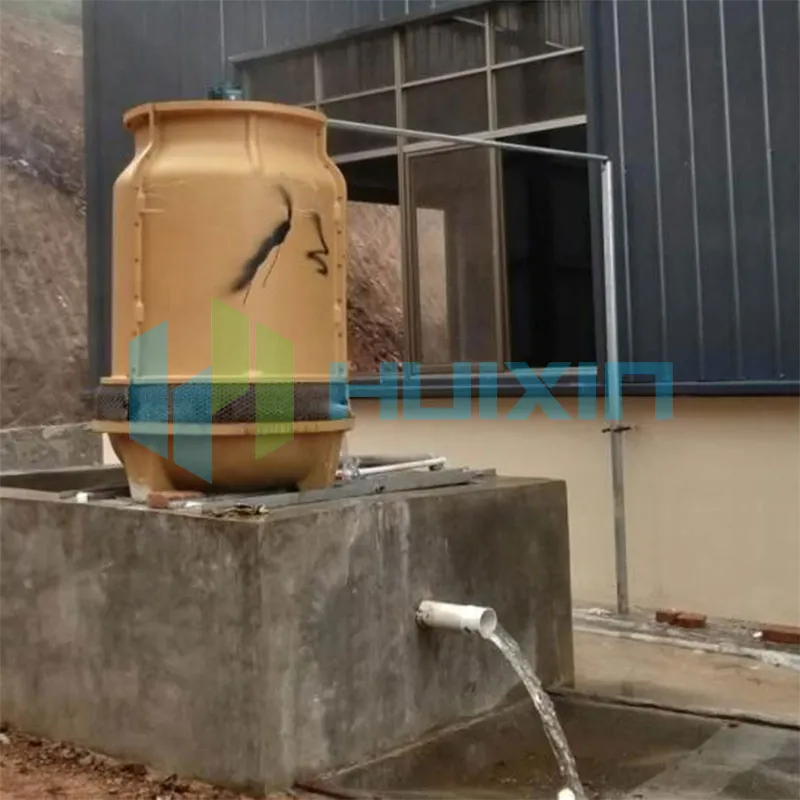Revolutionizing Industrial Water Cooling Systems: The Role of IoT Sensors and Automation
2024-11-26
In today’s rapidly evolving industrial landscape, the integration of IoT (Internet of Things) sensors and automation is reshaping the way businesses approach operational efficiency. Nowhere is this more apparent than in industrial water cooling systems. These essential systems, critical for maintaining optimal temperatures in various industries, are being transformed by advanced technologies that enhance monitoring, performance, and sustainability.
IoT Sensors: The Eyes and Ears of Cooling Systems
IoT sensors have introduced a new level of visibility into industrial cooling systems. These sensors provide real-time data on key parameters such as water temperature, flow rate, pH levels, and chemical concentrations. This constant stream of information enables operators to detect anomalies and predict issues before they escalate.
For instance, by monitoring the conductivity of water, IoT sensors can identify scaling risks, allowing timely chemical treatments to prevent damage. Similarly, vibration sensors installed on pumps and fans can alert maintenance teams to potential mechanical failures, reducing costly downtime.
Automation: From Reactive to Proactive
Automation takes the insights provided by IoT sensors to the next level by enabling systems to respond autonomously to changing conditions. Modern cooling systems equipped with programmable logic controllers (PLCs) can adjust fan speeds, water flow rates, or chemical dosing without human intervention.
For example, when temperature sensors detect a spike, the system can automatically increase cooling tower fan speeds or initiate additional water circulation. Automation not only ensures optimal system performance but also minimizes energy and water usage, driving cost savings and sustainability.
The Power of Predictive Maintenance
One of the most transformative applications of IoT and automation is predictive maintenance. By analyzing historical and real-time data, advanced algorithms can predict when components like pumps or heat exchangers are likely to fail. This proactive approach allows companies to schedule maintenance at convenient times, reducing unexpected outages and extending the lifespan of equipment.
Sustainability and Compliance Benefits
IoT and automation also help industries meet stringent environmental regulations. By optimizing water and energy use, these technologies contribute to lower greenhouse gas emissions and reduced water waste. Additionally, automated systems can ensure compliance with discharge limits by monitoring and controlling effluent parameters in real time.
As the industrial world continues to embrace smart technologies, IoT sensors and automation stand out as game-changers for water cooling systems. These advancements not only enhance operational efficiency and sustainability but also pave the way for a more resilient and adaptive industrial future.



